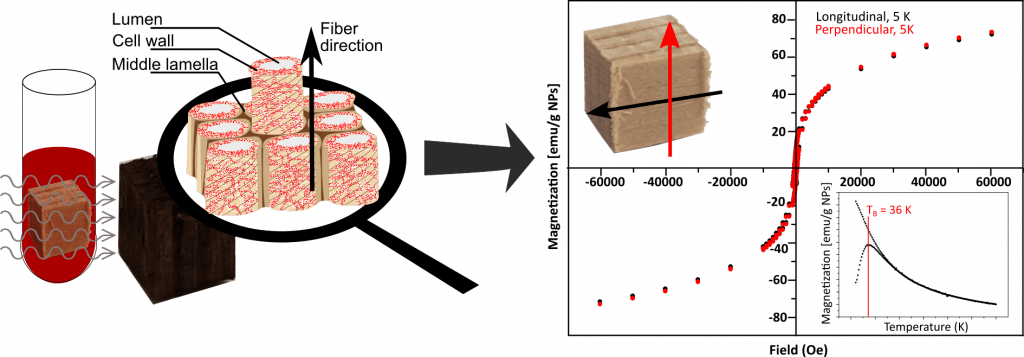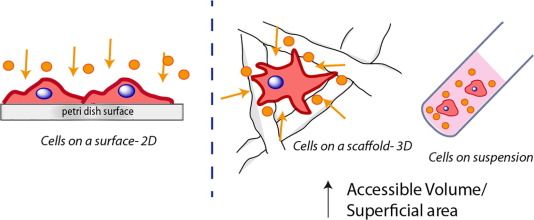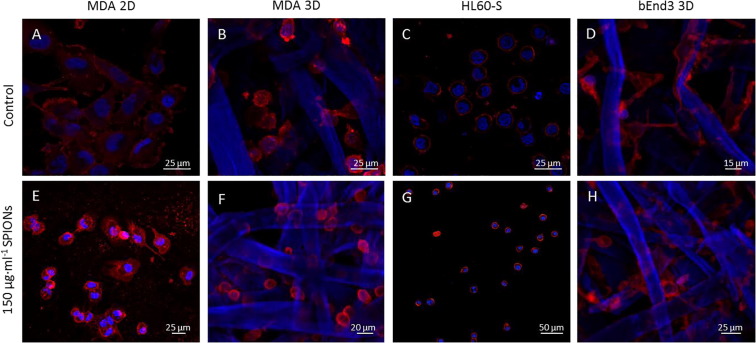Hot off the press: New paper in Materials Advances!
Our paper “Magnetic Properties of Synthetic Fluorophlogopite Mica Crystals” has been published in Materials Advances. Congratulations to the authors: Zheng Ma and Martí Gich!
Written by Jan Grzelak on . Posted in General News, New publications.
Our paper “Magnetic Properties of Synthetic Fluorophlogopite Mica Crystals” has been published in Materials Advances. Congratulations to the authors: Zheng Ma and Martí Gich!
Written by Irene Anton on . Posted in General News, New publications.
We are happy to announce some good news amidst the COVID-19 crisis: Our paper “Bacterial nanocellulose as a corneal bandage material: a comparison with amniotic membrane” has been published in Biomaterials Science.
Written by Jan Grzelak on . Posted in General News, New publications, News.
Members on N&N Group have published yet another article in recent days. The paper “Magnetic properties of Cr-substituted ε-(Fe1-xCrx)2O3 nanoparticles with epsilon structure” authored by Ma Zheng and Martí Gich was published in the Journal of Magnetism and Magnetic Materials.
Written by Jan Grzelak on . Posted in New publications, Uncategorized.
New paper “PLGA protein nanocarriers with tailor-made fluorescence/MRI/PET imaging modalities” authored by Yajie Zhang and Anna Roig was published today in Nanoscale. Irene co-authored the article.
Written by Jan Grzelak on . Posted in General News, New publications, News.
New article “From Silver Plates to Spherical Nanoparticles: Snapshots of Microwave-Assisted Polyol Synthesis” authored by Miquel Torras and Anna Roig has been published in ACS Omega. The article is available here.
Written by Jan Grzelak on . Posted in General News, New publications.
Written by Irene Anton on . Posted in New publications.
The beginning of 2019 has been fruitful in terms of publications for the N&N group! Last 22nd January 2019 the article “Farming thermoelectric paper” was published on Energy & Environmental Science. This study has been carried out in collaborations with the NanOpto group at ICMAB. Congratulations to all the authors for this multidisciplinary work!
Written by Irene Anton on . Posted in New publications.

Congratulations to Anna Laromaine, Anna Roig and their collaborators from the Karlsruhe Institute of Technology Tina Tronser (first author) and Pavel A. Levkin for their new paper: Bacterial Cellulose Promotes Long-Term Stemness of mESC! This manuscript was published on ACS Applied Materials and Interfaces the 20th of April 2018.
Abstract: Stem cells possess unique properties, such as the ability to self-renew and the potential to differentiate into an organism’s various cell types. These make them highly valuable in regenerative medicine and tissue engineering. Their properties are precisely regulated in vivo through complex mechanisms that include multiple cues arising from the cell interaction with the surrounding extracellular matrix, neighboring cells, and soluble factors. Although much research effort has focused on developing systems and materials that mimic this complex microenvironment, the controlled regulation of differentiation and maintenance of stemness in vitro remains elusive. In this work, we demonstrate, for the first time, that the nanofibrous bacterial cellulose (BC) membrane derived from Komagataeibacter xylinus can inhibit the differentiation of mouse embryonic stem cells (mESC) under long-term conditions (17 days), improving their mouse embryonic fibroblast (MEF)-free cultivation in comparison to the MEF-supported conventional culture. The maintained cells’ pluripotency was confirmed by the mESCs’ ability to differentiate into the three germ layers (endo-, meso-, and ectoderm) after having been cultured on the BC membrane for 6 days. In addition, the culturing of mESCs on flexible, free-standing BC membranes enables the quick and facile manipulation and transfer of stem cells between culture dishes, both of which significantly facilitate the use of stem cells in routine culture and various applications. To investigate the influence of the structural and topographical properties of the cellulose on stem cell differentiation, we used the cellulose membranes differing in membrane thickness, porosity, and surface roughness. This work identifies bacterial cellulose as a novel convenient and flexible membrane material enabling long-term maintenance of mESCs’ stemness and significantly facilitating the handling and culturing of stem cells.
Written by Irene Anton on . Posted in General News, New publications.

Congratulations to the authors: Jana S. Segmehl, Anna Laromaine, Tobias Keplinger, Anna May-Masnou, Ingo Burgertab and Anna Roig for their new publication entitled: Magnetic wood by in situ synthesis of iron oxide nanoparticles via a microwave-assisted route. The paper was first published on 9th of March 2018 in the Journal of Materials Chemistry.
Abstract:
Functional materials with high porosity and hierarchical structures are highly demanded for numerous material applications. In this study a magnetic hybrid material derived from wood and superparamagnetic iron oxide nanoparticles (SPIONs), was synthesized by microwave-assisted thermal decomposition. This novel in situfunctionalization approach resulted in a homogeneous distribution of the integrated inorganic component within the entire complex wood cell wall structure, which was previously not achieved. In a detailed investigation based on confocal Raman microscopy imaging, transmission electron microscopy, and optical microscopy the precipitated phase and the resulting hybrid structure were characterized. Magnetic measurements revealed the impact of the anisotropic wood scaffold on the integrated magnetic functionality and confirmed the isotropic superparamagnetic characteristics of the in situ precipitated nanoparticles. Therewith, it is clearly demonstrated, that the anisotropic properties of the obtained hybrid material result from the particle organization in the given spruce wood structure and no alteration of particle properties is induced by the presence of the lignocellulosic material.
Written by Irene Anton on . Posted in New publications.


The N&N group participates in the @NextGEM_eu project, for which we prepared this video explaining how we work with c.elegans. 🪱
👉 Dr. @PolAlonso1 explains how we use these nematodes and why they are useful for assessing biological effects.
#BioEM #5G
We are thrilled to announce that Dr. @AnnaRoig8 from the @NNgroupICMAB research group (@icmabCSIC, Barcelona, Spain) will be offering a talk on "Opportunities of bacterial nanocellulose in healthcare". This Wednesday at 12.15h at the BBT Weekly Meetings, at @EEBE_UPC